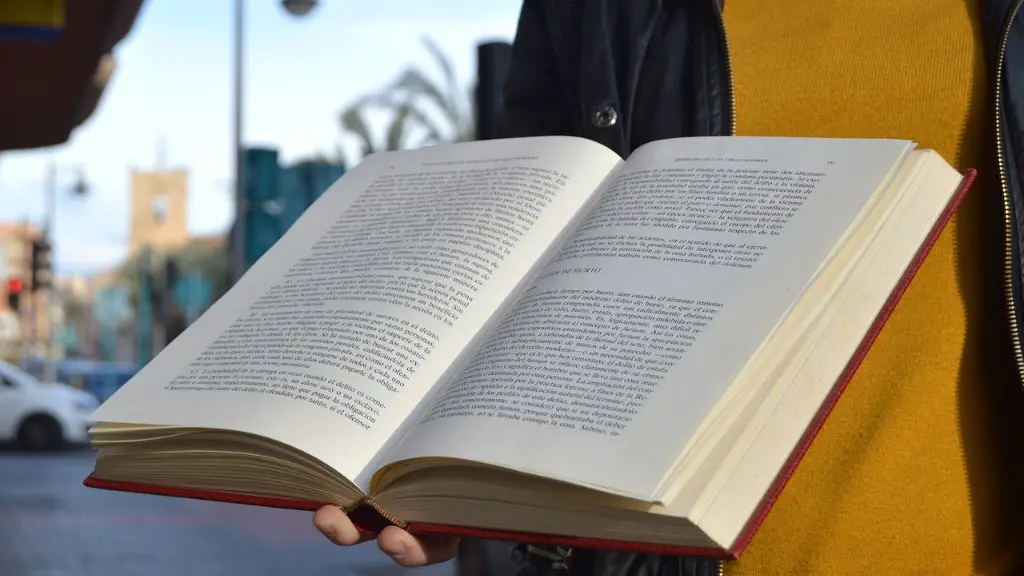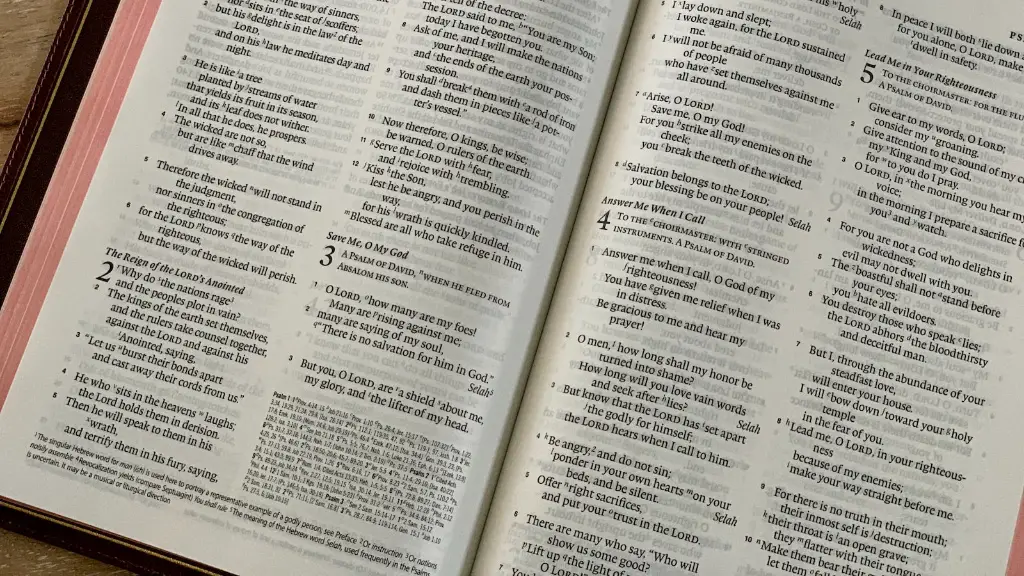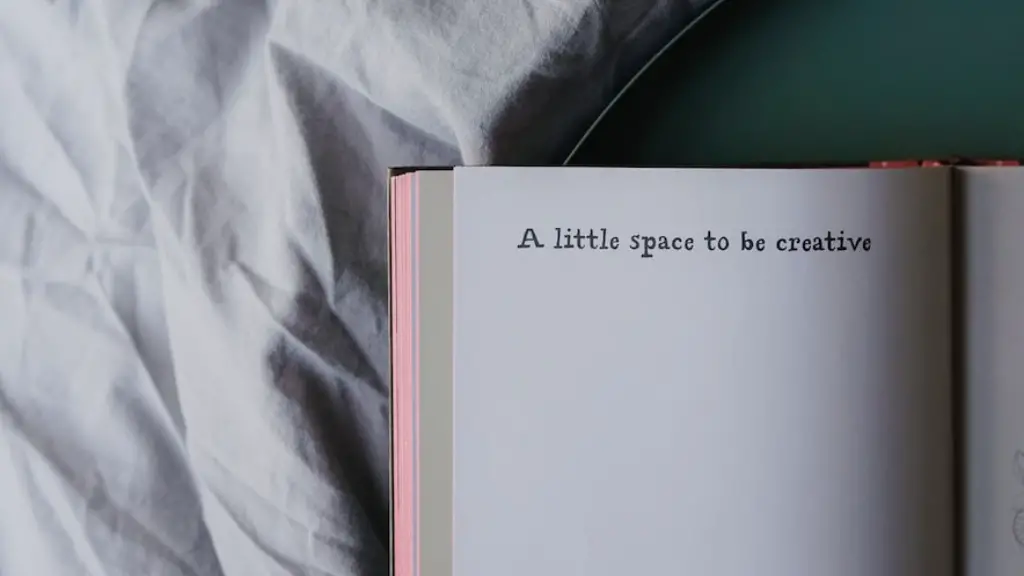What is Versification in Poetry
Versification, also commonly known as metric or rhythmic structure, refers to the use of (often regular) patterns of syllables and lines when constructing a poem. Versification is an important element of poetic composition, and perhaps the best way to explain it is to consider the effect it has on the audience. When a poem is read aloud, it is the versification that assists in helping the audience to detect the rhythm of the poem and the message intended by the poet.
Versification is often used as a means of distinguishing poetry from prose. Different types of poems will have different types of versification, and there is no one-size-fits-all approach. However, some types of versification are more well-known than others and these are summarized below:
Iambic Pentameter
Perhaps the most famous and widely recognized type of versification is the iambic pentameter.s Traditional English poetry was written in this form, and it is an extremely popular form of versification. To write a poem in iambic pentameter, a poet uses five iambs per line. An iamb is a metric foot composed of an unstressed syllable followed by a stressed syllable – for example, ‘de-light’, ‘un-der-stand’ etc. The added effect of writing in this format of versification is to create a cadence and emotional resonance.
Dactylic Tetrameter
Dactylic tetrameter is less common, but has been used in poems throughout the centuries. It is the exact opposite of iambic pentameter, in that it utilizes four dactyls per line. A dactyl is a metric foot composed of a stressed syllable followed by two unstressed syllables – for example, ‘hap-py-ness’, ‘mer-ry-go-round’ etc. Writing in dactylic tetrameter gives the poem a more playful, light-hearted feel and can be used to contrast with the tone of iambic pentameter.
Anapaestic Meter
Anapaestic meter is another less well-known but popular type of versification. It is composed of three anapaests per line. An anapaest is a metric foot composed of two unstressed syllables followed by one stressed syllable – for example, ‘at-ti-tude’, ‘laughs-a-lot’ etc. Anapaestic meter is often used to create a more lyrical feel and is often used in longer poems. It is also seen in some forms of folk and country music.
Other Types of Versification
There are many other types of versification that are not as common as the above, such as trochaic meter, amphibrachic meter, and spondaic meter. Each metric scheme has its own unique set of rules and effects. It is up to the individual poet to choose the one that best suits their poem.
Rhythm and Sound in Versification
The use of versification within a poem can add a certain layer of rhythm and sound to it. The repetition of stressed and unstressed syllables creates a rhythmical pattern that is pleasing and melodic to the ear. This allows the poem to become even more interesting and engaging for the reader. Additionally, versification allows for the use of alliteration, assonance and consonance, which are tools for creating sound associations within a poem.
Implications on Narration
The use of versification can also have an effect on the pace and feel of the poem. Iambic pentameter can help to create a more formal and engaging feel, while an anapaestic meter can create a more light-hearted and playful feel. This implies that if used correctly, versification can have a great impact on the tone of the narrative of the poem itself.
How to Use Effectively
Ultimately, it is up to the individual poet to decide how to effectively implement versification in their work. When constructing a poem, the poet must familiarize themselves with the various types of versification and experiment with each in order to find the one that best suits the poem. Additionally, poets must take into consideration the effects of versification on the tone and pacing of the poem and how this might affect the overall narrative.
Usage for Different Genres of Poetry
The use of versification is essential for all genres of poetry, from lyrical to free-verse. Ultimately, versification adds an emotional depth to a poem and helps to make the poem more engaging and pleasing to the reader. In many cases, versification can be used to set the tone and mood of the poem as well as the accompanying narrative. It is an important tool for poets to understand and utilize.
Opportunities to Experiment
The realm of versification offers poets plenty of opportunities for experimentation and creativity. With the wide range of metric schemes available, poets can create effective, engaging poems from any range of content. If used correctly, versification can be an effective way to create a poem that resonates with an audience.
Exploration of Different Rhythms
Versification can also be a great tool for exploring different rhythms and the effect they can have on a poem. A poem can be written in iambic pentameter and then reworked to create a completely new cadence. In this way, poets can experiment with different rhythms and use versification to create unusual and unique poems that stand out from the crowd.
Achieving a Balance
When it comes to versification, it is important for poets to achieve a balance between structure and creativity. While the use of versification can help to enhance the structure of a poem, the use of poetic license can be used to break away from tradition and create something entirely unique. With the right balance, versification can be a powerful tool for constructing original and engaging poems.



